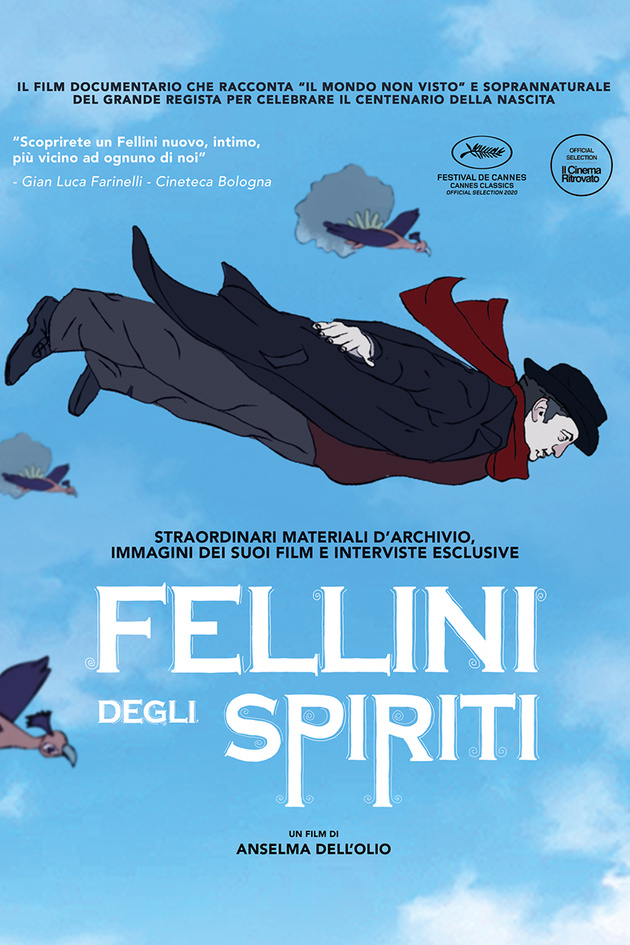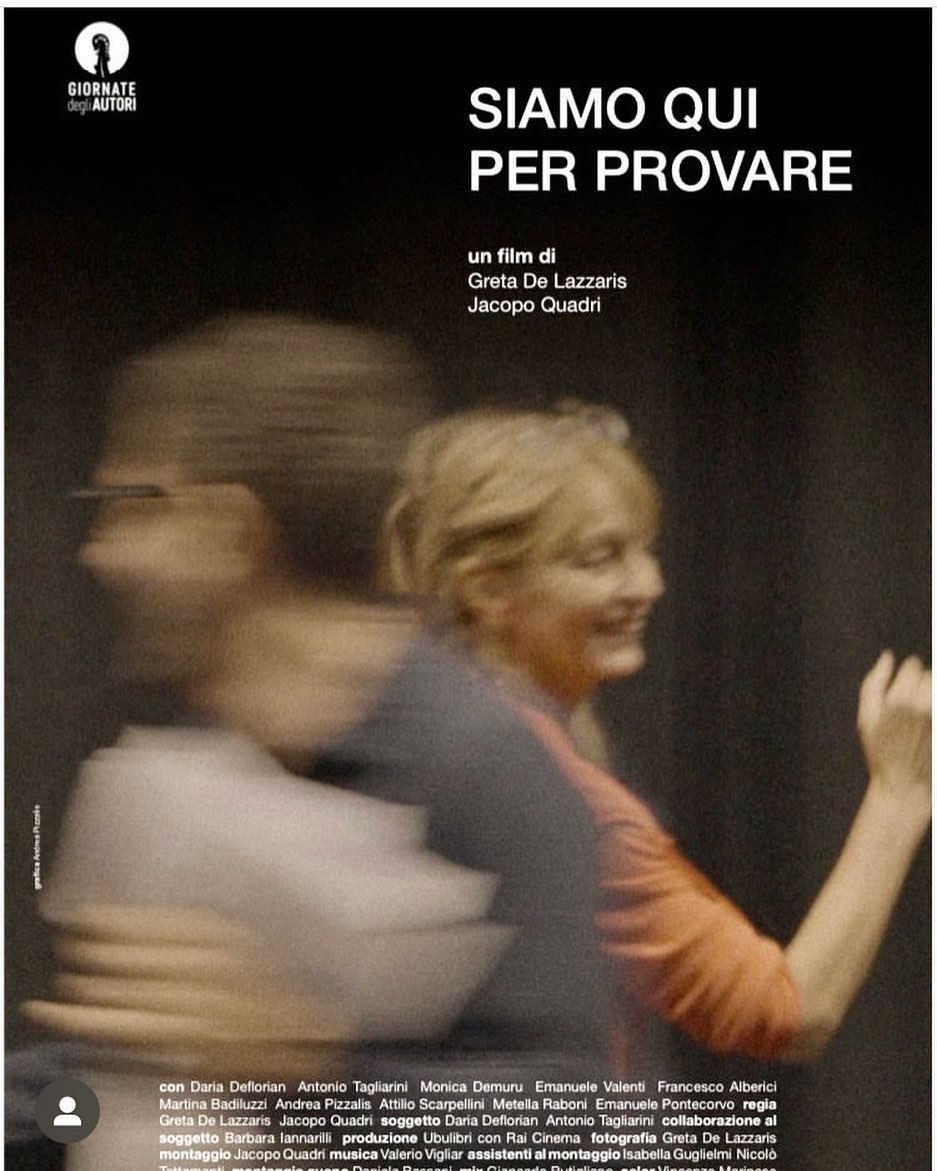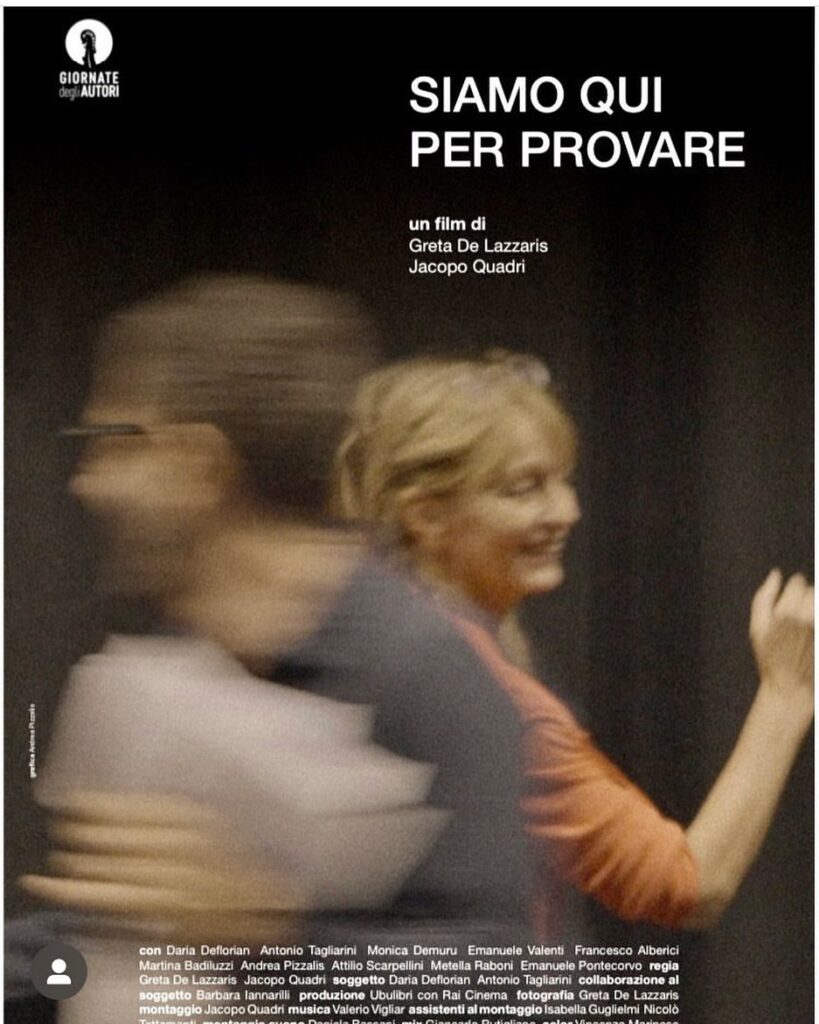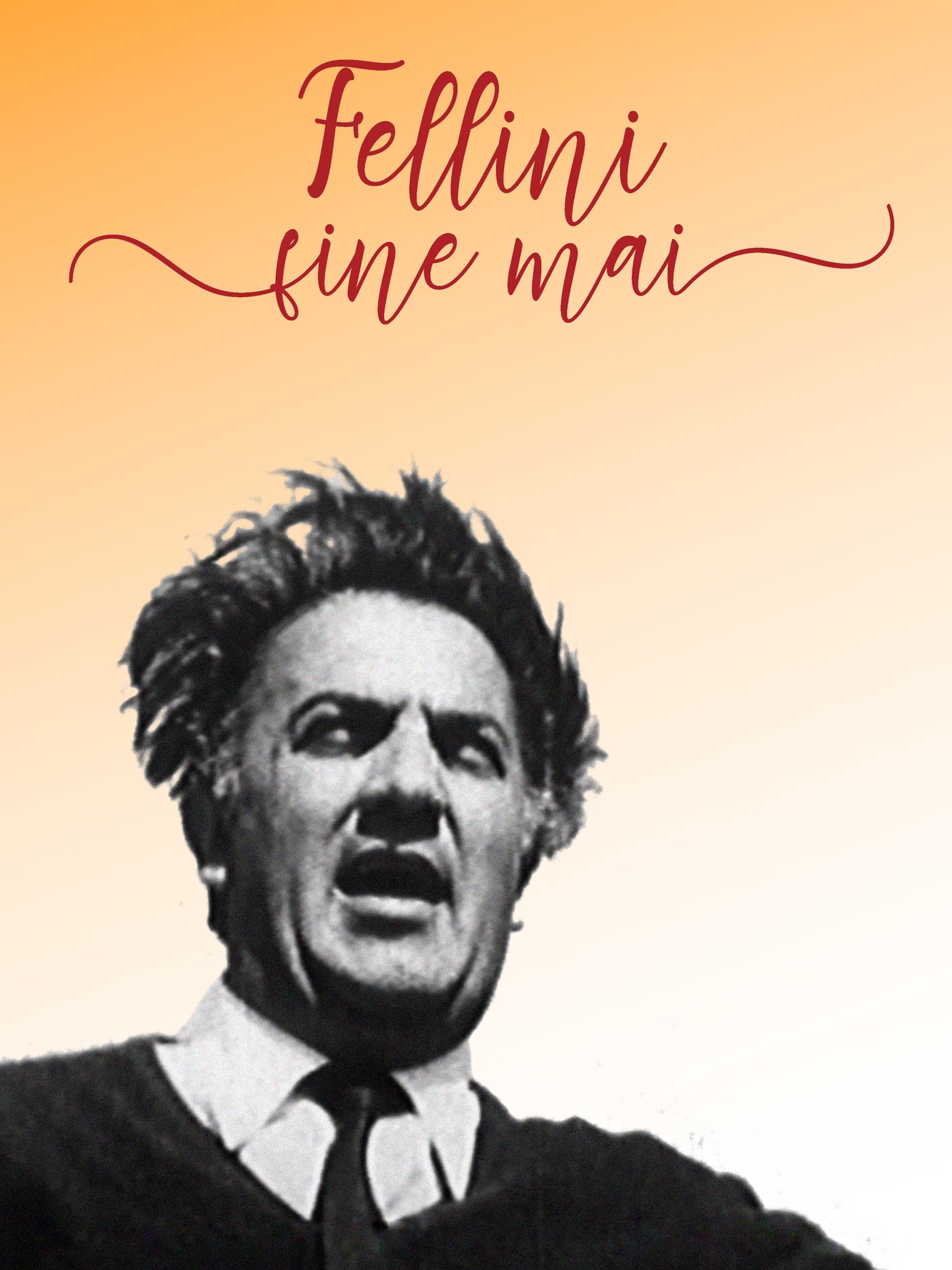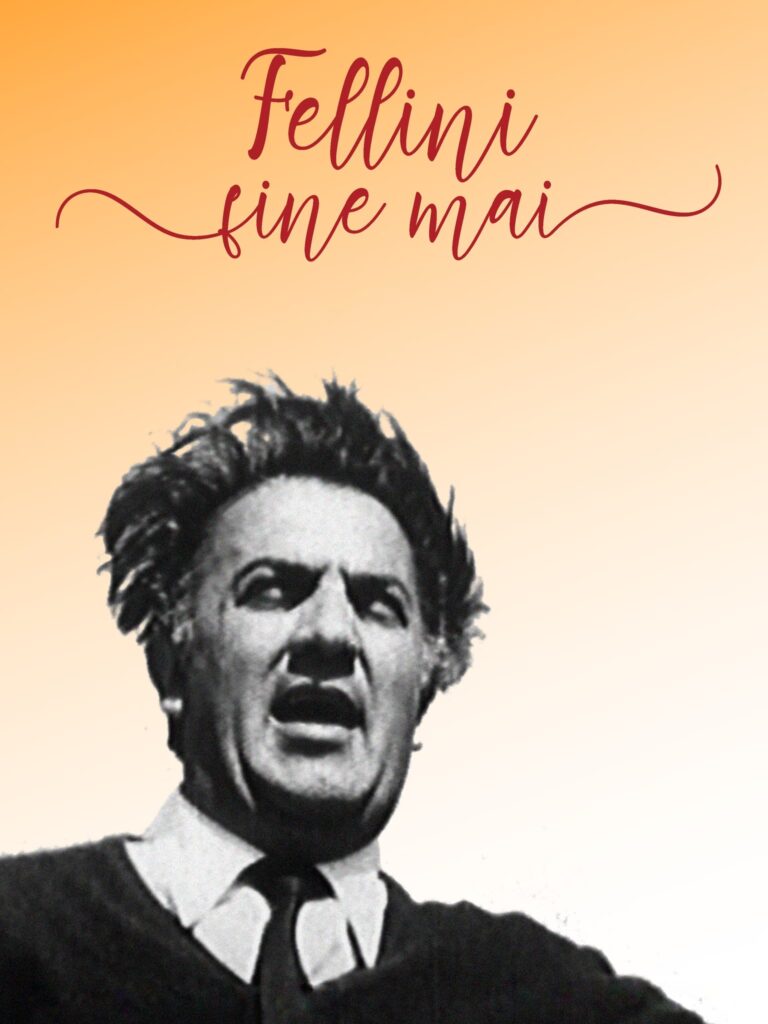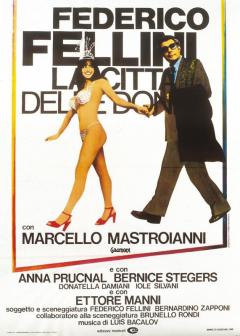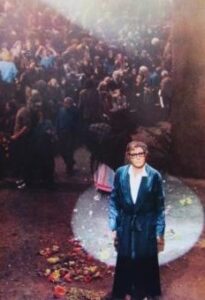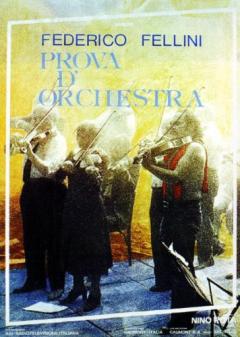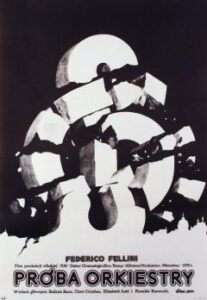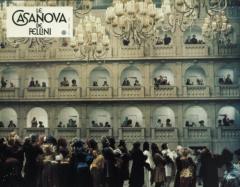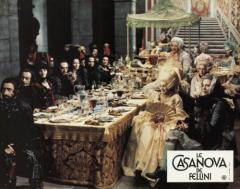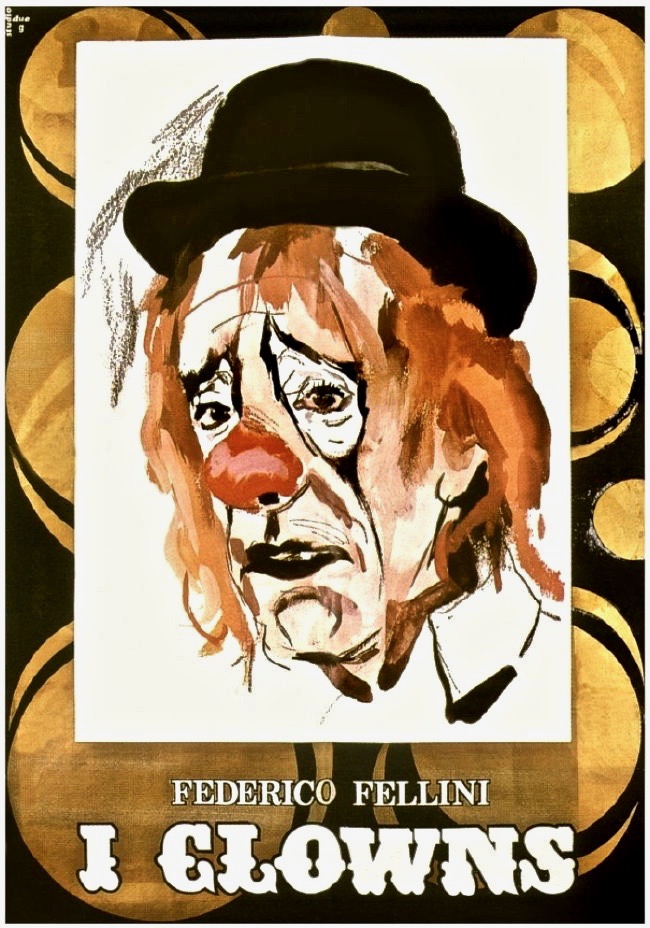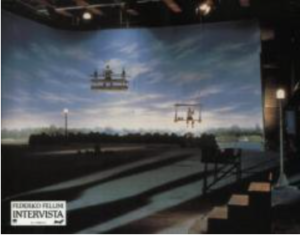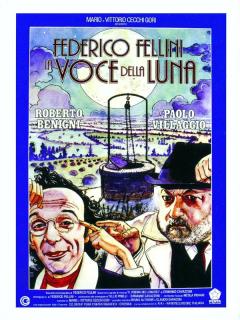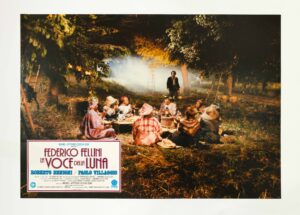Crew
Director: Federico Fellini
Subject: Federico Fellini
Screenplay: Federico Fellini
Script collaboration: Brunello Rondi
Photography: Giuseppe Rotunno (Technicolor)
Music: Nino Rota
Music consultant: Carlo Savina
Conductor: Carlo Savina
Set Design: Dante Ferretti
Furniture: Nazzareno Piana
Editing: Ruggero Mastroianni
Editing assistant: Adriana Olasio
Special Effects: Adriano Pischiutta
Costumes: Gabriella Pescucci
Assistant Director: Maurizio Mein
Assistant Director: Christa Reeh, Giovanni Bentivoglio
Cameraman: Gianni Fiore
Dubbing director: Carlo Baccarini
General organization: Lamberto Pippia
RAI Production Delegate: Fabio Storelli
Cast
Baldwin Baas: the conductor
Clara Colosimo: the harpist
Elisabeth Labi: the pianist
Ronaldo Bonacchi: the contrabassoon player
Ferdinando Villella: the cello
Giovanni Javarone: the tuba
David Mauhsell: the first violin
Francesco Aluigi: the second violin
Andy Miller: the oboe
Sibyl Mostert: the flutist
Franco Mazzieri: the trumpet
Daniele Pagani: the trumpet
Luigi Uzzo: the violin
Cesare Martignoni: the clarinet
Umberto Zuanelli: the copyist
Filippo Trincia: the orchestra manager
Claudio Ciocca: the syndicalist
Angelica Hansen: violin
Heinz Kreuger: violin
Federico Fellini: voice of the interviewer
Awards
1979
Silver Ribbon for best music
Peculiarites
“I had other plans, it wasn’t urgent, I didn’t feel the urgency to do this. It didn’t correspond to a need. I felt the need at one point, when they killed Moro. Yes, when I heard that they had killed Moro. It made a huge impression on me. But not the fact itself, I was expecting it. But the thinking about it, to understand the deeper meaning of what had happened and why it had happened. What had those who had killed him wanted to do? What had happened to all of us living in this country? Why had we been reduced to this point? Between this and the film there was no direct connection, or at least I didn’t realize it. I perceived the connection a long time later, when the film was already finished, indeed when it was already on the schedule. It is not that from the beginning I did not attach meanings to the film that it has, but I had no consciousness of why at some point it became urgent for me to do so. Well, then I knew: it was Moro’s assassination.”
(Franca Faldini, Goffredo Fofi, Il cinema italiano d’oggi, 1970-1984. Told by its protagonists, Mondadori, Milan, 1984, p. 258)
Reviews
Fellini succeeds in blending, in little more than a little less than 70 minutes of spectacle, grotesque, nostalgic, truth, prophecy, disquiet and anxiety, in a truly unusual amalgam without a half a minute only of the dense evocative, representational or forecast-oriented discourse being wasted or falling inert. He has moments of poignant and dramatic poetic force, but he has no need (as at other times even to him could happen) to prepare them with a duller flow of images; he has no desire to prolong in echoes and reflections, even the highest achievements. Unsurpassed in constructing, within the work, “fragments” of touching quality, Fellini in this film manages to discourse in an unyielding continuity, albeit by fragments!
(Leone Piccioni “Il Tempo,” Nov. 25, 1978)
It is a disturbing film. One can make different readings of it. They are all true, contemporary, the same. I want to say that no hierarchy can be established between the parable on the current Italian political chaos (and its place in the current planetary imbalance), the reflection on the role of the media, the metaphysical meditation on the function of man in society, his necessity, his becoming, his relationship with creation […] What Fellini certainly tells us about is music. That is, of art, of creation, of the means to go beyond the ephemeral, death, banality. What Fellini tells us is that mediocrity is unbearable. Because limiting the scope of the film to its analyzable, logical, parabolic dimension means nothing. Orchestra Rehearsal is a heartbreaking cry, half appeal and half stigmatization; it is in any case, and subterraneously, a cry of hope. For Fellini, despite the painful and moving contradiction of the last few minutes, never stopped hoping.
(Mireille Amiel “Cinéma 79,” no. 247-248, juillet-août 1979)
Like all televised Fellini from Block-notes of a director to I clowns, it has a lightness of touch and a capacity for synthesis now hard to find in major works. In the portraits of the orchestral players, the flair of the old caricaturist is confirmed, but exalted in a Gogolian dimension, while the figure of the conductor is partly an occasion for an autobiographical outburst, partly a self-criticism driven to paradox (after an inspired Jungian-esque speech on the need to play one’s instrument well, the character fires off a series of orders in German). Overall, the film, mastered with superior skill, is a brilliantly contradictory essay: funny and sad, positive and desperate, catty and testy.
(Tullio Kezich The Hundred Films 2. A year of cinema 1978-1979, Il Formichiere, Milan, 1979)
At one point, at the moment of maximum degradation (and this is said in terms of structures not aesthetic values: in fact these are probably the best moments in the film) the famous iron mallet intervenes, a prelude to the advent of a new order. Of Revolution, of Restoration, of Providence? No, it is only the symbol of itself, the symbol of the symbolic. At the moment of the drift, when nothing is codified anymore, the hypothesis of a return to the order of the symbolic, to the languages of certainty, to the compactness, iron, of the work asserts itself. Along with the big iron ball, it is cinema that re-enters television, bringing to it its special effects, its clouds of smoke, its studio sets, the fantastic, the strong emotions, everything that cinema can do but TV cannot. It is cinema “for” TV, it is the orchestra beginning to play again.
(Alberto Farassino” La Repubblica,” March 15, 1979)


